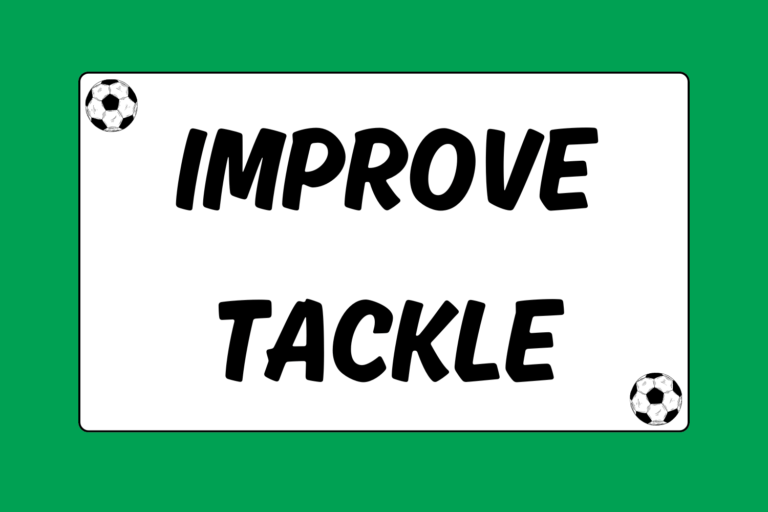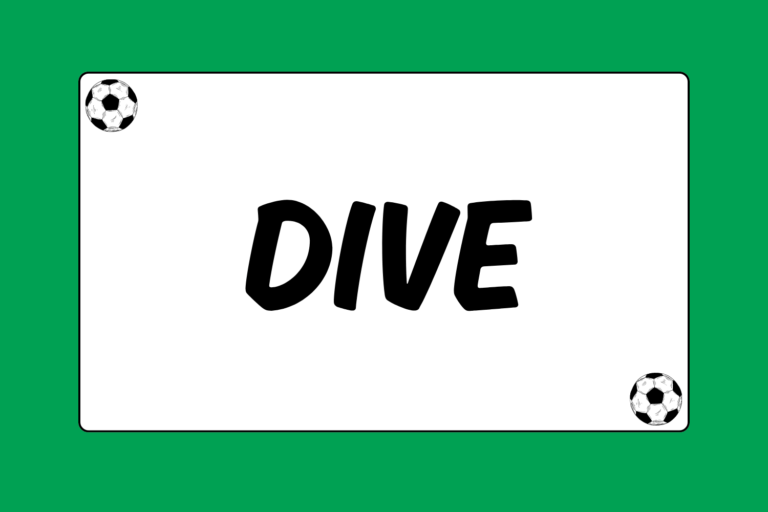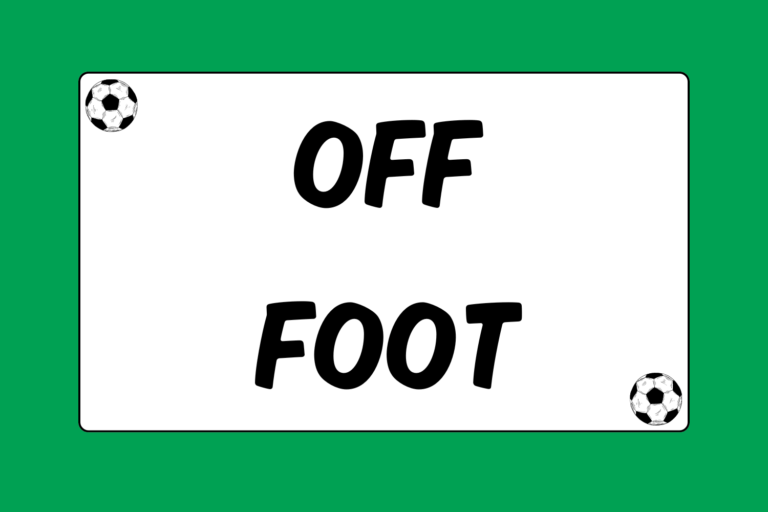Because soccer is a game that rewards possession and structure, players who can consistently steal the ball away from the other team and launch a counter-attack are valued very highly. The best techniques for stealing the ball utilize a combination of patience and aggression, as well as recognizing when the time is right to attack the ball. This guide features several tips that will help you become a master ball thief on defense.
Wait for the Right Time
Good defenders wait for the attacker to show too much of the ball before attempting a steal. However, the best defenders can actually goad an attacking player into doing just that. The key to enticing the attacker to show the ball is built around the ability to steer the man toward a teammate or the sideline, which is broken down into the following skills:
- Containment: Containment means limiting quick movement, avoiding lunging or stabbing for the ball, and working together as a defensive unit.
- Quick feet: A defender has to be in position to make a play on the ball. Quick feet are the tool to get there.
- Help from a teammate: Steering the attacking player towards a teammate will help to force turnovers.
- Desire for the ball: In a one-on-one battle for the ball, simply wanting it more than the attacker can provide an edge.
As the attacker approaches, the knee-jerk reaction is the desire to poke or stab for the ball immediately. Instead, steer the defender by angling your body in the direction you want the dribbler to move. Slide laterally in quick, choppy steps, waiting for the offensive player to dribble too far away from his body. Tough defense will force the offensive player to move or cut quickly, where it’s easier to get between the man and the ball.
Skillful attackers will rarely show too much of the ball. By having good lateral quickness, a defender can stay close to the attacker, and will only need a tiny opening to pounce on the ball. Wait for the offensive player to move the ball away from his foot, and make a play to take over possession.
Hot Tip: Keep Your Balance
Good defenders only lunge for the ball when it’s clear that they can touch it first and control it, or poke it to a teammate. Otherwise, lunges or poke tackles are risky plays that can leave you off-balance while the attacker advances.
Shoulder Tackles
Upper body challenges are great when running alongside an offensive player, especially in traffic. A slight push or nudge can disrupt an attacker and make the ball easy to steal. The best way to make a clean upper body challenge is to contact an attacker’s shoulder or back with a subtle shoulder charge that knocks him off balance.
To make a successful challenge, a player has to remember to…
- Avoid using elbows: Raising the elbows away from the body will almost always draw a foul.
- Be in strong position: Have a low center of gravity, maintain good balance, and use the outer plant leg to generate momentum.
- Be ready to get pushed back: Tough attackers won’t be pushed easily. Don’t shy away from contact and be ready to fight for the ball.
The best shoulder tackles are subtle but effective. Avoid taking multiple steps before charging a player; instead, take a firm step, make it quick and be ready to overtake possession when the player is off-balance.
Interceptions
A great way to win back possession without confronting an attacking player is achieved by intercepting a pass or cross before it reaches a teammate. The best interceptors combine great anticipation and quick feet; they’re also the players who develop an instinct for knowing where the ball’s going next before it’s passed. They can read a dribbler’s eye movement and body language to know where he’s planning to move the ball, then make the quick moves needed to quickly secure possession after the ball is released.
Star Drill
The star drill is a great warm-up drill that teaches passing and defensive instincts. It requires six players – five set up in a circle as though forming the five points of the star, and one player in the middle. The five outer players make quick, crisp passes to each other while the middle defender works to intercept a pass. When the defender successfully intercepts the ball, he trades places with the last player to touch the ball.
Coaches can have players make one-touch passes, and can lengthen the space between players to make the drill more challenging. Defenders who have quick, lateral movement and an eye for the ball are usually pretty successful.
Be a Thief on the Field
Part of what makes soccer great is that desire more than makes up for any lack of size, speed or skill. And the best defensive players on the field combine desire and toughness — they want the ball more than the offensive player when it reaches their area of the field. Any player looking to become a ball-hawk on the backline should work to develop an instinct for the ball that starts with wanting it more than anyone on the opposing team.





